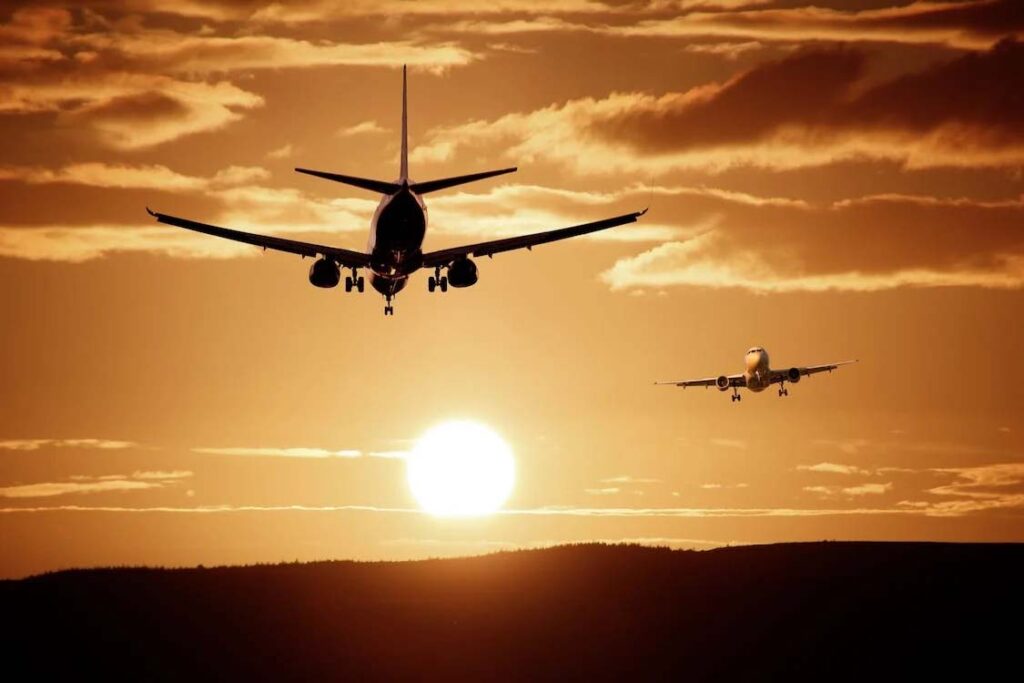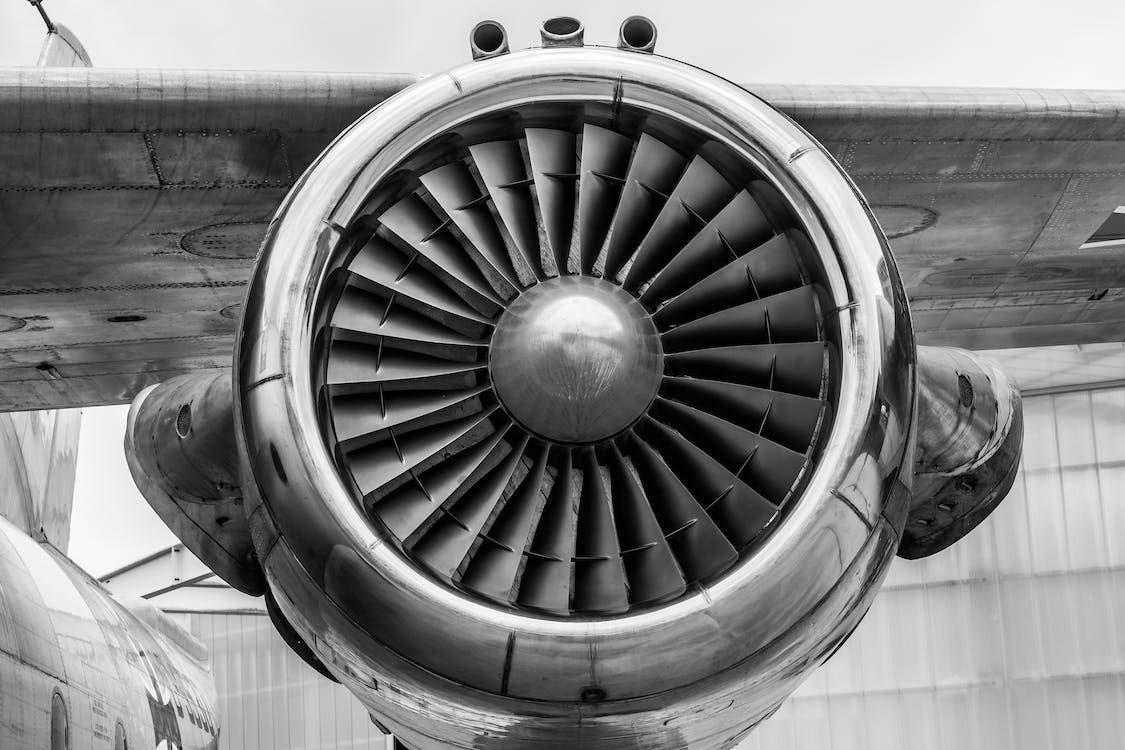Did you know that the Wright Brothers’ first flight changed the world? It was the beginning of a new era in transport – airplanes! Today, airplanes are a normal part of our lives and most people don’t give them a second thought. But there are lots of fascinating facts about planes that most people don’t know. Read on to learn some of the most interesting and lesser-known facts about airplanes and the history of aviation!
The Wright Brothers’ First Flight Changed Everything
On December 17, 1903, brothers Wilbur and Orville Wright made four successful flights in their airplane near Kitty Hawk, North Carolina. The longest flight lasted 59 seconds and covered 850 feet (260 meters). This was an incredible event in aviation history – it was the first powered, sustained flight by a human being! The success of their first flights eventually led to other advancements such as stunt flying exhibitions by 1908. By 1918 there were nearly 200 airports in use throughout America alone.

More than 100 Years Later, Airplanes Are Still Evolving
Since 1903, many advances have been made in aviation technology and safety. Modern-day passenger planes can travel hundreds of miles per hour faster than theirpredecessors. In addition, modern planes are also much safer due to improved safety features such as backup systems for controls and engines. They are also much bigger and equipped with the latest technology. For example, the Boeing 787 Dreamliner is one of the most advanced passenger planes ever built and it can fly up to 20 hours nonstop!
Passenger Planes Have Come a Long Way from Biplanes
These days, passenger planes come in all shapes and sizes. But did you know that the first commercial airplane was a biplane? The first commercial flight with paying passengers took place in 1914 on an airplane designed by Igor Sikorsky – he named it “The Grand”. A few years later airlines started using four-engine bombers as passenger planes – this revolutionized air travel because these large aircraft could fly faster than most propeller-driven airplanes of their time.
The Biggest Passenger Plane in the World is Staggeringly Large
The Airbus A380 is currently the world’s largest passenger plane and it can seat up to 853 passengers! This double-decker plane was introduced in 2007 and has been used by several international airlines for long-haul flights ever since. The A380 can fly up to 16 hours without needing to refuel making it ideal for long distance routes such as New York City to Dubai.
Cargo Planes Have an Important Role to Play in Aviation
Cargo planes are designed to transport goods and materials, rather than passengers. The Boeing 747-8 is currently the world’s longest cargo plane with a wingspan of almost 200 feet (60 meters). Unlike passenger planes, cargo planes carry anything from food and medical supplies to military equipment and oil drilling machinery. In 2020, the US Air Force unveiled its new X-37B spaceplane – this reusable spacecraft is designed to deliver satellites into orbit as well as conduct experiments in space!
Interesting Facts About Pilots and Flying Routes
Did you know that pilots have an extremely important job? They are responsible for safely navigating an airplane through different weather conditions, turbulence, and other hazards. Pilots also need to be aware of restricted airspace around airports or high-security areas such as military bases. Every day thousands of flights take off from all over the world – some aircraft even fly along pre-determined routes known as airways! Airways can span across multiple countries or continents – they provide a safe way for pilots to travel long distances without getting lost.
Conclusion
The history of aviation has come a long way since the Wright Brothers’ first flight in 1903. Modern-day airplanes are much larger, faster and better equipped than their predecessors. Passenger planes come in all shapes and sizes, from biplanes to jumbo jets – but cargo planes also play an important role in air travel! Pilots are responsible for safely navigating aircraft through different weather conditions as well as along pre-determined routes. There are so many fascinating facts about airplanes that most people don’t know about – these facts make aviation a truly remarkable and awe-inspiring industry!
